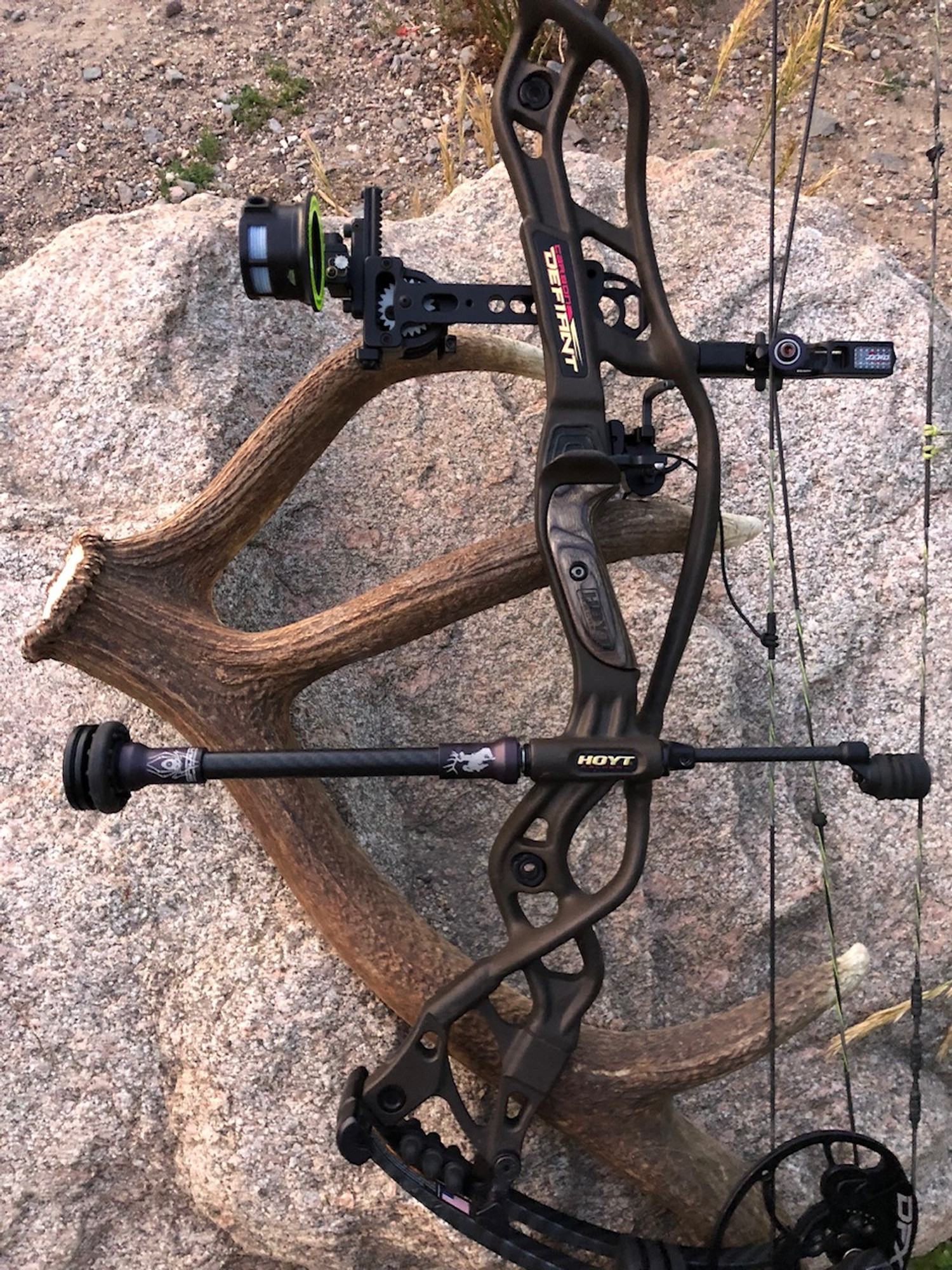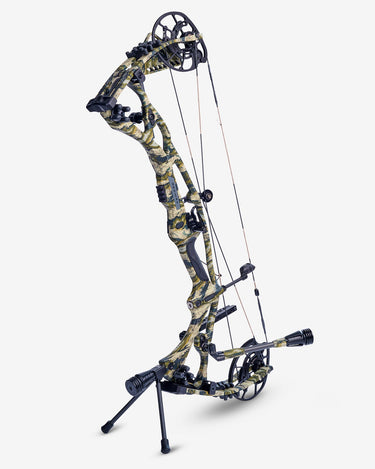Update Your Archery Video Game: Choosing the Perfect Compound Bow Stabilizer
Update Your Archery Video Game: Choosing the Perfect Compound Bow Stabilizer
Blog Article
Maximizing Your Archery Efficiency With the Right Substance Bow Stabilizer: a Detailed Introduction
In the realm of archery, uniformity and accuracy are critical to accomplishing optimal performance. One vital yet often-overlooked element in enhancing accuracy is the compound bow stabilizer. This simple device plays a substantial duty in steadying your purpose, reducing bow torque, and absorbing resonances. Nonetheless, the performance of a stabilizer pivots on various elements, including positioning, layout, and weight. By comprehending the nuances of selecting and optimizing a substance bow stabilizer, archers can fine-tune their devices to elevate their capturing experience to new degrees of proficiency and control.
Importance of Bow Stabilizers in Archery

In addition, bow stabilizers assist in stabilizing the weight distribution of the bow, which can enhance the archer's security while aiming and shooting. By adding weight to the front of the bow, stabilizers can minimize the quantity of torque experienced upon release, leading to a smoother and extra controlled shot - compound bow stabilizer. This weight circulation also assists in holding the bow constant for a longer duration, allowing the archer to aim a lot more properly
Types of Compound Bow Stabilizers
When considering the numerous kinds of compound bow stabilizers offered, it is necessary to recognize their unique functions and functions to determine the most ideal choice for taking full advantage of archery performance. The most common types of substance bow stabilizers consist of sidebar stabilizers, front stabilizers, and back stabilizers. Back stabilizers, also called rear stabilizers, are placed to the back of the bow and help in reversing the weight of various other devices, resulting in enhanced stability and constant intending.
Elements to Consider When Picking
In examining substance bow stabilizers, comprehending the distinctive functions and features of each type is critical for making an educated choice on the most ideal alternative to improve archery efficiency. When selecting a stabilizer, one should think about the weight of the stabilizer itself. By carefully assessing these variables, archers can select a compound bow stabilizer that straightens with their shooting design and optimizes their overall efficiency on the archery variety.
Setup and Adjustment Tips
For ideal performance and precision in hop over to these guys archery, understanding the installment and change of your bow stabilizer is essential. Proper installation starts with affixing the stabilizer to the bow's riser, guaranteeing it is strongly safeguarded. The majority of stabilizers feature installing hardware for simple setup, however it's critical to adhere to the producer's standards for the certain design you have. Once affixed, adjusting the stabilizer entails discovering the ideal balance between weight circulation and size. Experiment with various mixes up until you achieve the desired feeling and stability.
When changing the stabilizer, begin with little step-by-step adjustments instead than drastic adjustments. Pay interest to exactly how the bow responds to adjustments in stabilizer setups and make changes accordingly. Routinely inspect the stabilizer's tightness and their website general problem to guarantee it proceeds to operate optimally.
Upkeep and Care Guidelines

When not in use,It is additionally important to store your bow with the stabilizer in a safe and safe and secure location. compound bow stabilizer. Prevent leaving it in extreme temperatures or subjected to direct sunshine for extended periods, as this might cause damages to the stabilizer. Occasionally check the stabilizer's placement to ensure it is still correctly placed on your bow. Following these upkeep and treatment guidelines will certainly aid you obtain the most out of your bow stabilizer and improve your general archery efficiency.
Verdict
In verdict, picking the appropriate compound bow stabilizer is critical for optimizing archery efficiency. Understanding the importance, kinds, variables to consider, installation and change suggestions, along with maintenance and treatment guidelines can greatly affect one's precision and uniformity in shooting. By selecting a stabilizer that matches specific needs and choices, archers can enhance their total efficiency and achieve better results on the variety or in competitors.
Bow stabilizers play a critical duty in improving an archer's accuracy and uniformity by minimizing resonances and stabilizing the bow throughout the release of an arrow - compound bow stabilizer.Additionally, bow stabilizers aid in balancing the weight circulation of the bow, which can improve the archer's security while aiming and firing. The most usual kinds of substance bow stabilizers consist of sidebar stabilizers, front stabilizers, and back stabilizers. Back stabilizers, also called rear stabilizers, are mounted to the back of the bow and assist in counteracting the weight of other accessories, resulting in enhanced check here security and stable aiming. When selecting a stabilizer, one should take into consideration the weight of the stabilizer itself
Report this page